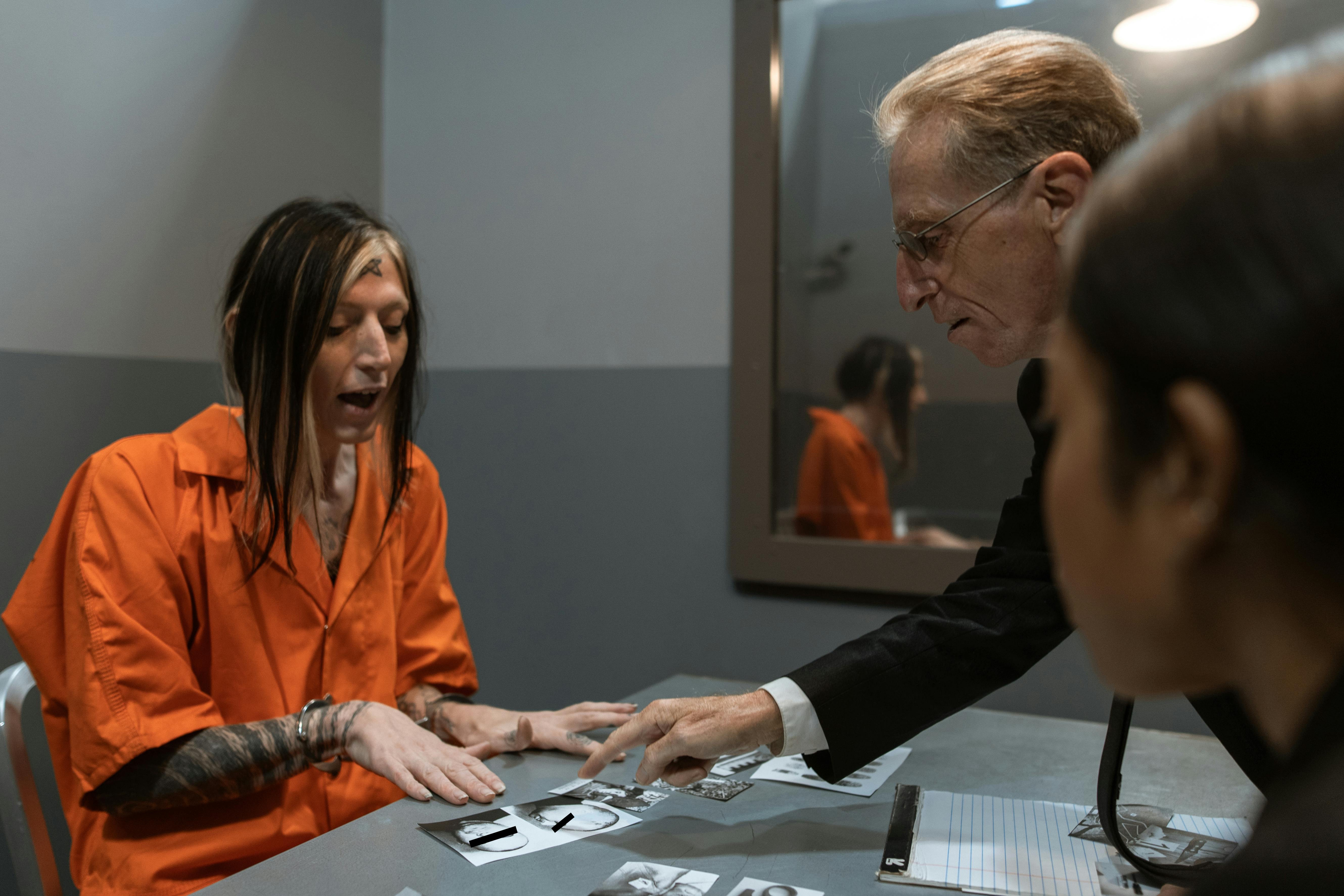
Selling is Human by Daniel H. Pink – Find out how improv skills can help you move others
Daniel H. Pink’s new book is Selling Is Human: The Surprising Truth About Moving Others. Pink is the best-selling author of “Drive” and “A Whole New Mind.”
Pink says that today we are all in sales, regardless of our career or function. Parents cajole children and lawyers sell juries on a verdict, as examples.
The old ABC of sales (“Always be closing”) is reinvented as Tune, Buoyancy and Clarity. They show you how to be, but you also need to know what to do. Perfect your tone, learn to improvise and serve, complement the new ABC of selling; and help you move others.
The following are three methods to hone your improvisation skills; which ultimately teaches listening skills and the art of listening to offers, which are essential for anyone who wants to move others…
1. Listen Offers. The belief is growing that salespeople who are good at improvising can generate ideas, inject changes quickly and easily, and communicate effectively and convincingly during sales presentations.
Pink says that estimates put a quarter of our waking hours devoted to listening, yet we sorely neglect this skill. For many of us, the opposite of talking is not listening, but waiting. As others speak, we usually divide our attention between what they say now and what we are going to say next; resulting in doing a mediocre job at both.
The changing face of selling discourages sales scripts and the mindset of just overcoming objections. Today, the idea of changing people may be less valuable and perhaps less possible than ever.
Improvisational theater is not based on overcoming objections, but on listening to offers, which depends on tuning in, leaving one’s own perspective to embrace the other’s perspective.
The “Amazing Silence” exercise demonstrates the concept well. Here, one person reveals to another, something important to him. The person receiving the message must maintain eye contact at all times and can reply only after waiting fifteen seconds before uttering a single word.
Those fifteen seconds can feel long and eerily intimate; what is the purpose of the exercise. Says Pink, “Listening without some degree of intimacy isn’t really listening. It’s passive and transactional vs. active and engaged.”
Once we listen in this new and more intimate way, we begin to hear things that we would otherwise miss. Listening in this way during our efforts to move others helps us realize that what seem like objections are often offered in disguise.
To master this aspect of improvisation, we need to rethink our understanding of what it means to listen and what constitutes an offer.
2. Say “Yes and”. Improvisational theater urges actors to say “Yes and”, vs. “Yes, but”, which is ultimately a “No”. This second principle of improvisation depends on buoyancy, in particular the quality of positivity; a positivity that is more than avoiding no, and goes beyond simply saying yes. “Yes and” is a powerful force. It is a more inclusive approach vs. “Yes, but” that acts as a barrier. “Yes and” anticipates possibility, providing a set of options, not futility. “Yes and” is not a technique, but becomes a way of life.
3. make your partner look good. Today’s equality of information means that buyers and sellers are evenly matched (thanks to the Internet). Pushing for win-lose rarely produces a victory for someone and results in mutual defeat.
Pink pays homage to Roger Fisher (famous co-author of 1981’s “Getting To Yes,” based on principle-based negotiation) and Stephen Covey (author of 1989’s “The 7 Habits of Highly Effective People” – Habit 4 – “Think win-win” ); both men died in 2012.
Improvisation provides fresh ideas and a way to share Fisher and Covey’s world view. It updates it for a time when many of us are desensitized to “win-win” because we’ve heard it too much and rarely experienced it.
Improvisational theater is all about making your partner look good. Helping your partner shine helps you both create a better scene. Improvisation destroys the zero-sum mentality; and replaces it with a culture of generosity, creativity, and possibility.
Making your partner look good requires clarity, which allows for the ability to develop solutions no one previously imagined.
Pink participated in an exercise called “I’m Curious.” Here, the partners choose a controversial topic, which fosters opposing positions for and against (ie, should marijuana be legalized?). Each takes sides and tries to convince the other of their point of view. The other person can only answer with open questions (not veiled opinions).
The idea is not to win but to learn. When both people see their encounters as learning opportunities rather than a desire to defeat the other side, the results are better. The conversation becomes more of a dance vs. a wrestling match. Improvisation never tries to get someone to do something. It is creativity, not coercion.
Train your ears to listen to offers, respond to others with “Yes and” and always focus on making your partner look good. Pink says opportunities will arise.
Author Daniel H. Pink endorses the classic book. “Improvisation for the Theater”, by Viola Spolin, which presents more than two hundred improvisation exercises. To help master her improvisation skills; and learn more about Viola Spolin, visit: http://www.spolin.us.